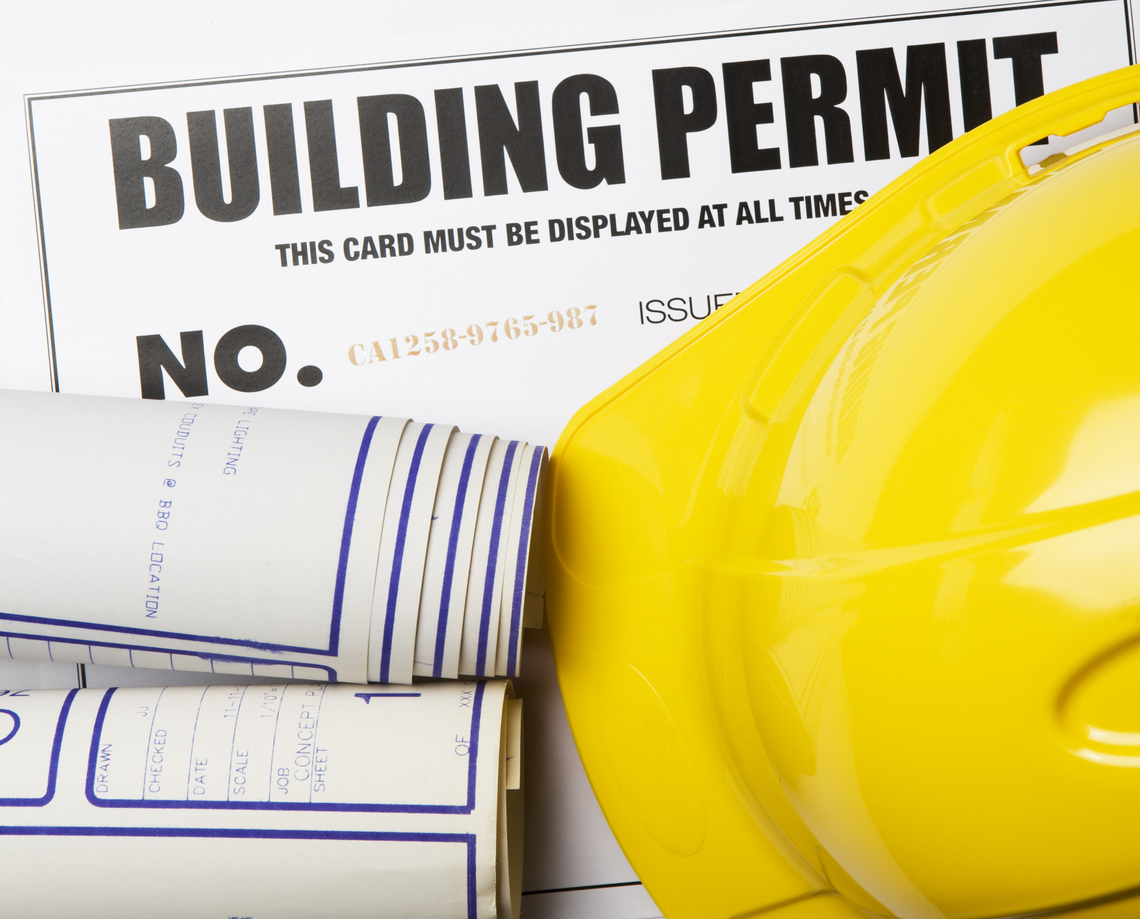Suffering a fire loss to your home can be devastating. I have listened to policyholders questioned in trial and deposition about these types of claims. Sometimes, insureds have lost everything but the clothes on their backs, and many times in cases of a total loss, the policyholders will describe the items that can’t be replaced- the family photos albums, Grandma’s handmade patchwork quilt, or a child’s clay handprints. Losing cherished family items can be one of the hardest parts of coping with a fire loss. But another difficult part of a total fire loss is itemizing a list of contents items on an inventory form for the insurance company.
Most policies of residential insurance require policyholders to provide an inventory of the damaged items, and while some will provide the form to use, the assistance usually ends there. During a time of “retro insurance adjusting,” it is rumored that insurance companies actually assisted insureds in explaining how to properly fill out the form and also assisted in inventorying and recording the damaged items. Now, an insurance company may photograph and dig through the rubble but this inspection may be used for purposes of determining cause and origin of the fire or for rebuttal purposes once a claim is submitted.
Previous posts provide some helpful insight on preparing contents inventories. United Policyholders’ website also offers some very helpful suggestions on how to tackle this daunting process. One of the tasks a dedicated public adjuster will handle in a fire claim is assisting the insured with preparing the contents inventory. Some public adjusters also hire contents consultants to further assist. Hiring a professional to assist on a contents inventory can be a very wise move, especially for policyholders who have lost everything
Here is why:
- Your insurance company is unlikely to help you inventory the loss.
- A complete inventory is crucial and understanding insurance company lingo is needed to properly fill out the form.
- There is little room for error on an inventory form. Policyholders uninformed of the claim process may make an innocent mistake that are misinterpreted by the insurance company.
- The items you are claiming need to be on the inventory. Insurance company representatives may give a policyholder the impression that a partial list is adequate or that items can be claimed or added to the list later. But what they don’t mention is that if supplemental items are added, there will be more scrutiny of the claim because the insureds “failed” to list the supplemental items on the first form and the insurance company will want to know why.
In the recent case of Magie v. Preferred Mutual Insurance Company, the New York plaintiffs suffered a total fire loss. The policy of insurance provided more than $340,900 for the contents coverage alone, but the insureds lost thousands of items and their inventory exceeded the coverage. Preparing this inventory would be a overwhelming and intense process for any insured. Luckily, the insureds hired a public adjusting firm to assist in preparing the contents inventory.
After the fire, the insurance company failed to properly pay both the structure portion and the contents portion of the claim and the insureds brought suit. Among other defenses, the carrier alleged material misrepresentations relating to items claimed on the inventory.
With the help of the public adjuster’s testimony, the policyholders were able to show the trial judge that the items on the list should be paid by the carrier and that the list did not include material misrepresentations. The insurance company wanted receipts to prove the insureds owned such items, but the court recognized the difficulty in producing such records in connection with a claim where a lifetime of collected household items were destroyed, and recognized that such documentation was also destroyed in the fire.
The testimony in this case showed that the insureds made innocent mistakes on the inventory with respect to some items that were classified as destroyed when, in fact, they were impacted by the fire loss. The court referenced the public adjuster’s testimony, “… in quantifying plaintiffs’ loss indicated that, of the thousands of items he listed, less than one tenth of one percent were not damaged. And, those reported non-damaged items had been exposed to the fire so as to affect their value. Out of these thousands of damaged items, defendant points to a small number as purportedly reflecting incorrect information.”
After the trial judge determined the mistakes were not fraudulent or material misrepresentations, the carrier appealed the ruling. Last month, the appellate court affirmed the trial court’s decision and explained:
Out of these thousands of damaged items, defendant points to a small number as purportedly reflecting incorrect information. However, plaintiffs offered explanations as to some of these items, and the proof at trial simply did not compel the conclusion as a matter of law that plaintiffs intended to defraud defendant or that the incorrect information constituted material misrepresentation. The fact that plaintiffs did not have documentation for some losses was explained by documentation being lost in the fire.
The court relied upon an important principles of insurance coverage in affirming the decision. “Incorrect information is not necessarily tantamount to fraud or material misrepresentation as the insurer must tender “proof of intent to defraud-a necessary element to the defense”.



